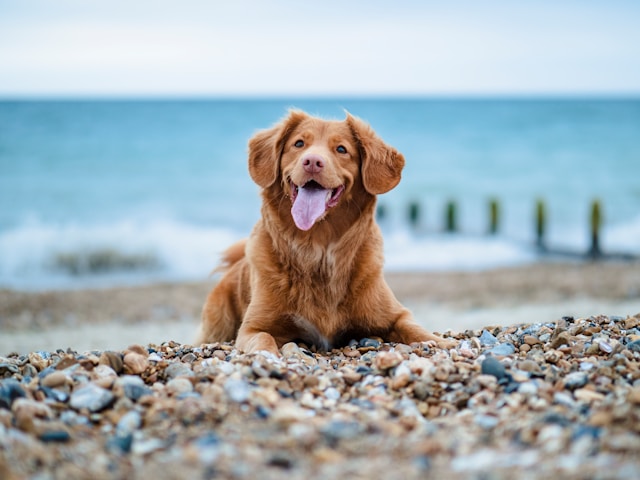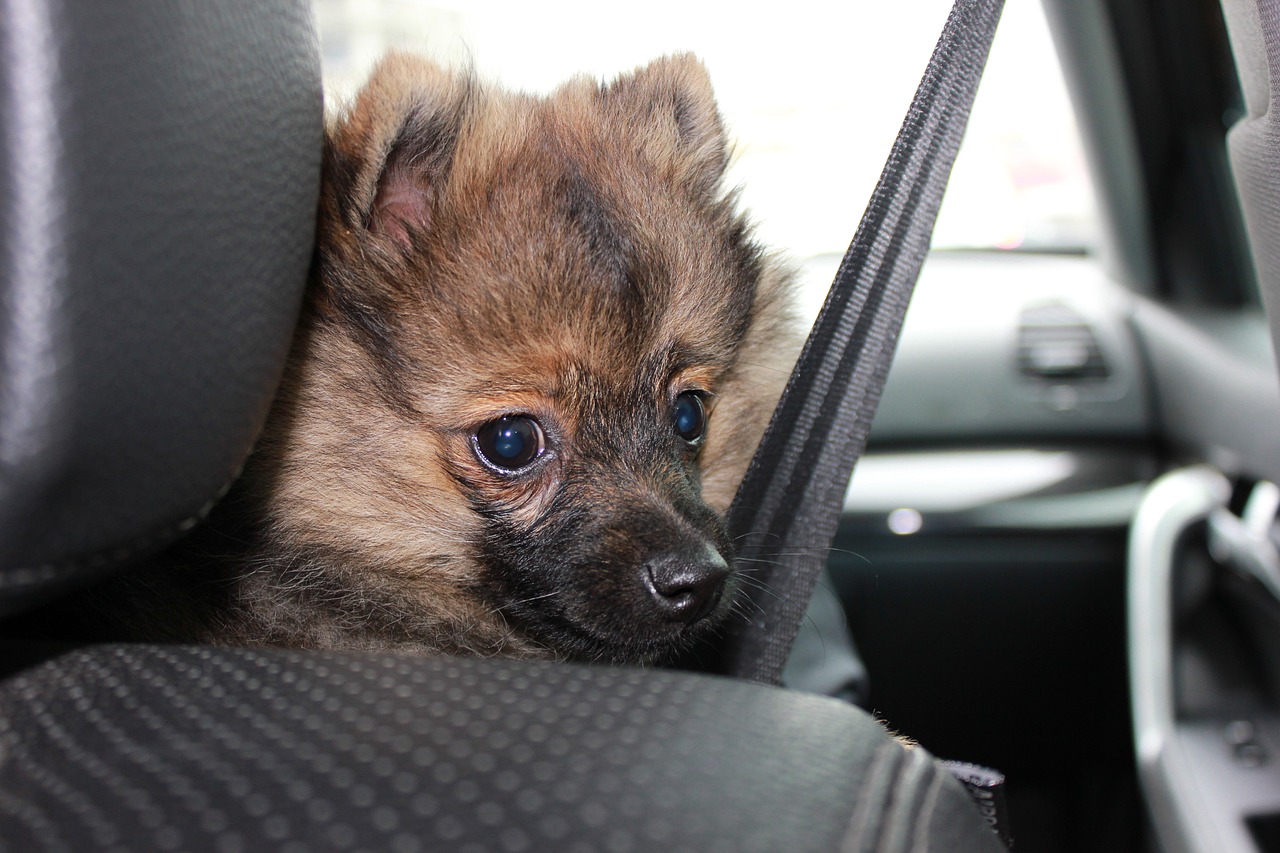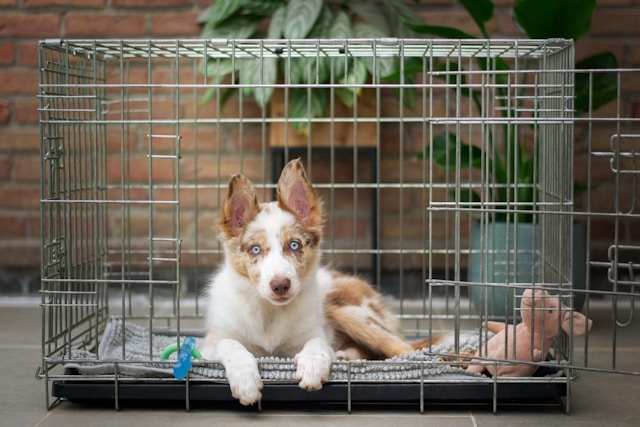Protecting Your Pet from Drowning: Essential Safety Tips for Summer

As summer arrives, bringing with it pool parties and beach days, it's essential to be mindful of a significant yet often overlooked danger: pet drowning. Thousands of beloved family pets are estimated to lose their lives in drowning incidents each year, many of which go unreported. However, simple precautions and common-sense safety measures can primarily prevent these tragic events.
Here are some vital safety tips to ensure your pet's safety around water this summer:
Pool Safety Tips for Pets:
-
Teach your pet the location of pool steps, ensuring they know how to exit the pool if they accidentally fall in or encounter trouble while swimming.
-
Pets too small to use pool steps should not be allowed in the pool.
-
Install a secure fence around the pool area to restrict your pet's access.
-
Consider adding a pet-safe ladder inside the pool for easy exit access.
-
Always supervise your pets around the pool – never leave them unattended.
-
Be cautious with pool covers; they can be deceptive to pets and are not a reliable form of protection.
-
Introduce your pet to water at a young age, but never assume they can swim proficiently.
-
Invest in a pool alarm system that floats in the water and triggers an alert in case of disturbances.
Water Safety Away from Home:
When heading to the beach or a lake, follow these precautions:
-
Keep your pet on a leash near the water, especially if it's their first time at the beach.
-
Comply with leash rules posted at the beach or lake to prevent territorial or aggressive behavior.
-
Recognize the differences between various bodies of water, like rivers, oceans, and pools, and ensure your pet wears a life jacket when necessary.
-
Enroll in a pet CPR class to learn essential life-saving skills in case of accidents. Your veterinarian clinic can provide class information.
Summer Fun for Pets:
Many pets enjoy the water, and some are natural swimmers. Implement these straightforward safety measures to ensure your pet a fantastic and safe summer experience.
Additionally, consider securing pet insurance for your furry friend. Curious pets can easily find trouble, and unexpected trips to the veterinary hospital may become necessary. Protect your pet's health and well-being with Pawdarling Pet Insurance. Get a quote today and enjoy a worry-free summer with your beloved companion.
Here are the recommended steps to follow in the event of a pet drowning, depending on whether your pet has a pulse or not:
Clear the airway: Begin by clearing your pet's airway of water. For puppies and small dogs, you can hold them upside down to facilitate the drainage of water from their lungs. For larger dogs, lay them on their side and elevate the upper body to allow water to drain from the nose and mouth.
Check for a pulse: Assess whether your pet has a pulse. If the heart is beating, but your pet is not breathing, initiate artificial respiration immediately. Close your pet's mouth and extend its neck to open the airway. Cover your pet's nose with your mouth and exhale until you observe the chest rising. Repeat this process until your pet starts breathing independently, and then transport it to your veterinarian.
Pet CPR: If your pet does not have a pulse, pet CPR can be performed. Consult your primary care veterinarian for a recommended video on pet CPR. The American Red Cross offers certification in pet CPR and recommends laying deep-chested dogs on their back to perform CPR.
As for secondary or dry drowning, it's crucial to be aware of potential health-related after-effects following a near-drowning incident in a pool. Even after your pet has coughed up water or had water drain from its nose or mouth, residual water may remain in the lungs, increasing the risk of pneumonia. Secondary drowning can occur up to three days after the initial near-drowning.
Watch for the following signs of dry or secondary drowning in your pet:
-
Lethargy
-
Coughing
-
Difficulty breathing
-
Distress
-
Anxiety
Monitoring your pet for these symptoms is essential, as they can progress rapidly due to oxygen deprivation. If your pet has experienced a near-drowning incident, we recommend having it evaluated by your veterinarian or seeking emergency care if it's after hours. X-rays can determine if fluid remains in the lungs, and if so, your pet can be started on antibiotics to prevent pneumonia.
To prevent such incidents, take precautions to ensure the safety of your pool or jacuzzi, including pet fencing and the use of alarms or motion sensors. If you have any concerns or questions about secondary drowning in pets, do not hesitate to contact your primary care veterinarian for guidance.
Get insurance plans with wide-ranging coverage options













